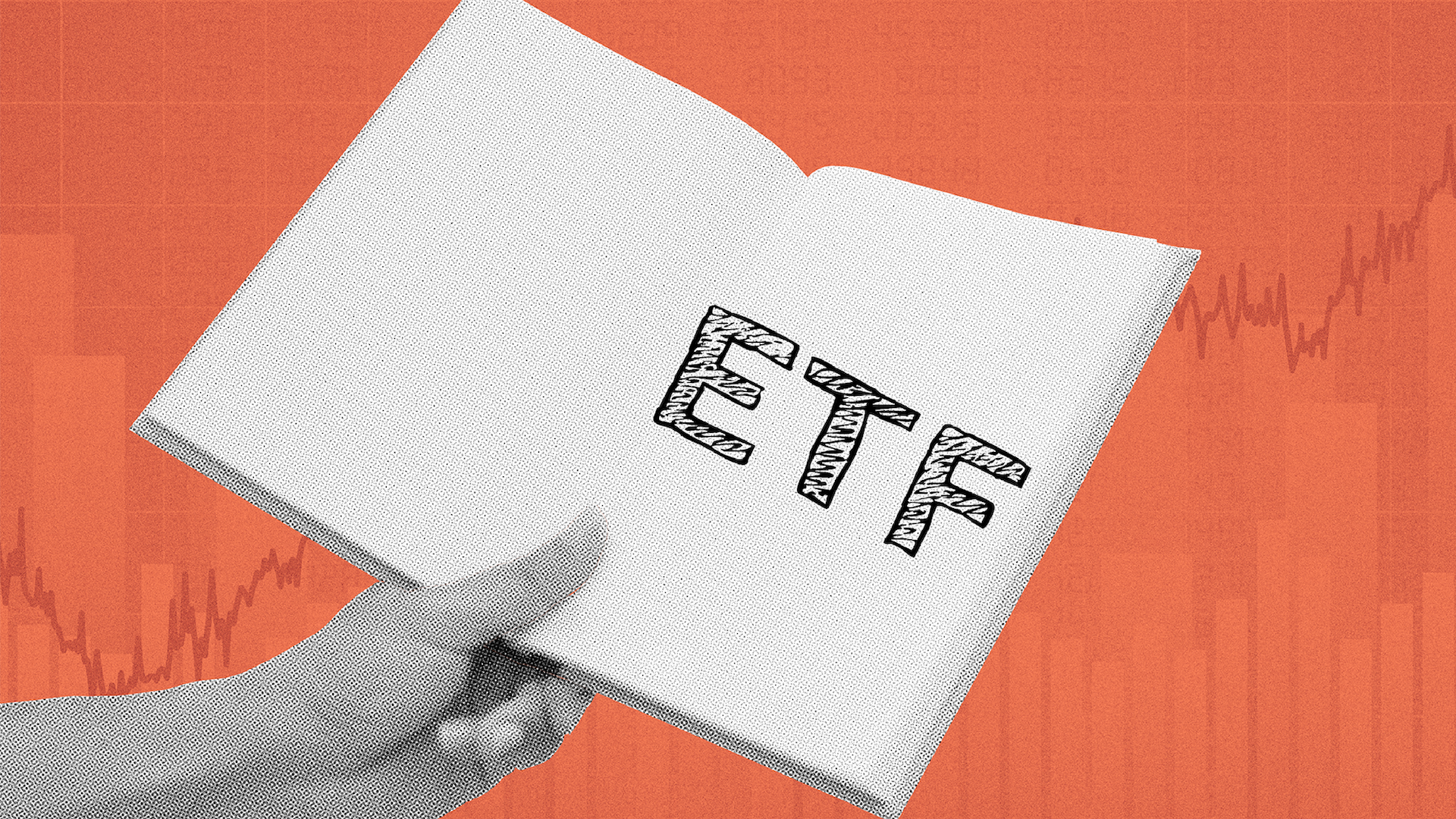The ultimate guide to dividend ETFs
Advantages of ETFs for trading and investing strategies
Exchange traded funds (ETFs) are an excellent option for those new to investing as well as those more experienced investors, due to a number of key advantages over other instruments.
Here are six strategies to consider and how you can use ETPs to achieve these.
Summary
- An ETF is an investment fund, similar to a traditional managed fund, that is bought and sold on a stock exchange just like any share
- Most ETFs aim to closely track the performance of a given index or asset class, and provide the returns of that index/asset class – less any fees. ETFs also provide access to a range of asset classes and investment strategies, such as shares (both domestic and global), bonds and commodities
- A number of advantages, such as liquidity, diversification, wide range of choice and low minimum investment amount make ETFs attractive vehicles for various trading and investing strategies
1. Asset allocation
This is the process of dividing your investment portfolio across various asset classes like equities, fixed income and cash as a means to diversify your overall investments and reduce risk.
Looking at Betashares ETPs, you have options such as our broad market QOZ FTSE RAFI Australia 200 ETF for the Australian equities part of your portfolio, and the NDQ Nasdaq 100 ETF for international equity exposure.
The QPON Australian Bank Senior Floating Rate Bond ETF can be used as a complement to cash holdings or as part of the fixed income allocation.
2. Sector Rotation
Due to the cyclical nature of financial markets, sector performance tends to depend on where the market is in the economic cycle.
As such, investors may profit by using a trading strategy which involves selecting sectors of the market experiencing favourable conditions and staying out of sectors that are less favourable, based on the investor’s view on the current point of the economic cycle.
Early in the cycle, stocks of smaller companies have historically outperformed large caps. This is likely due to small caps being more economically sensitive and more reliant on financing conditions. You can get exposure to small caps through the SMLL Australian Small Companies Select Fund (managed fund) .
Later in the economic cycle where economic growth is slowing and appears overheated, inflation is climbing higher and stock prices begin to look expensive compared to earnings, sectors such as healthcare and energy tend to perform well.
Betashares offers a range of Global Sector funds with the majority of them also being currency hedged.
3. Dollar Cost Averaging and Distribution Reinvestment Plans
Market timing is viewed by many investors as being futile, so by following a set schedule and purchasing an equal dollar amount of units regardless of the price, you can protect yourself against market fluctuations and downside risk.
You also take the emotion and fear out of your purchases. This is known as ‘dollar cost averaging’. You can also accomplish the same objective by using a distribution reinvestment strategy.
Most Betashares funds offer a Distribution Reinvestment Plan (DRP) but the HVST Australian Dividend Harvester Fund (managed fund) , being a high income fund, has an added feature that allows you to select the percentage of the distribution you would like reinvested.
So if you prefer to take 50% of the distribution in cash, and re-invest the other 50%, you can choose to do so.
4. Hedging
If you are suspecting a drawdown to occur in the market, you may wish to hedge or protect from downside risk, or you may wish to maintain exposure to the market but with less volatility.
Betashares Bear Suite of funds (ASX: BEAR, BBOZ and BBUS) can be used as a hedge to your portfolio of shares.
For those investors seeking a more dynamic hedging style of product, the AUST Managed Risk Australian Share Fund (managed fund) gives you exposure to the broad Australian sharemarket, but has a hedging feature built into the fund so you don’t have to manage it yourself.
AUST’s risk management overlay is based on volatility within the sharemarket and is adjusted up and down accordingly. This overlay aims to provide investors with lower drawdowns in declining markets and a less volatile, or “smoother”, ride.
5. Seasonal trends
Seasonal investing refers to particular time frames usually with a defined start and end date, influenced by recurring trends and patterns that have historically shown price strength or weakness for the chosen equity, sector, index or commodity.
We’ve all heard the saying “Sell in May and go away” which refers to the seasonality trade of purchasing US equities in November and remaining long till the end of April.
This period has historically provided stronger stock market growth on average than other months. Since 1926, annualised total returns for the S&P 500 Index during the “Sell in May” weak phase of May-October are about half (6.8%) of the seasonally strong Nov-April period at 13.4%.
For investors seeking patterns in gold prices, over the past 20 years, the gold price has historically been strong in September, and on average bullion had returns of over 3% for that month, being the best performing month for the shiny metal. The reason for this could be that September marks the start of India’s gold gifting season which runs till mid-November.
Our QAU Gold Bullion ETF – Currency Hedged gives you a pure exposure to gold bullion and is currency hedged, which means investors do not have to take into account the effect of currency fluctuations on their investment returns.
6. Swing trading
Swing trading is a shorter term trading strategy that can be used for equities, commodities and currencies when technical indicators suggest an upward or downward trend in the near future. These trades usually last for a few days or only up to a few weeks.
If your interest is playing the USD/AUD relationship, you can obtain geared exposure to both sides of the trade using YANK Strong U.S. Dollar Fund (hedge fund) and AUDS Strong Australian Dollar Fund (hedge fund) .
Going long or short Australian equities with a bit of leverage can be done easily by using the GEAR Geared Australian Equity Fund (hedge fund) and 6 Trading strategies and how to use ETFs to implement them .



